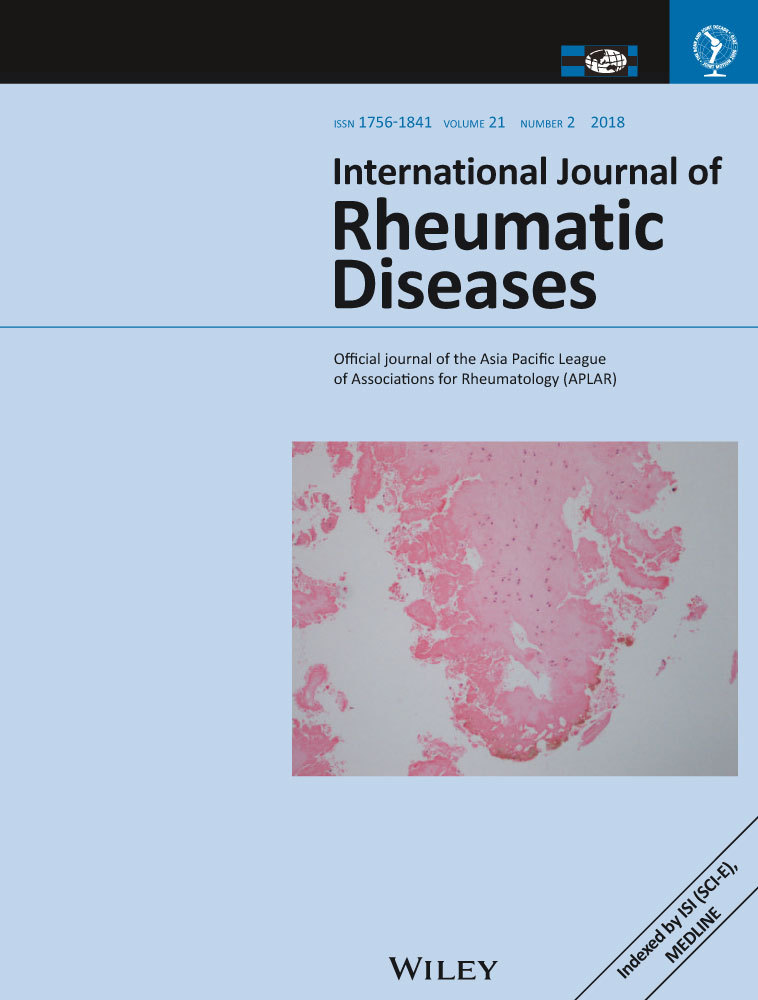Meningococcal septic arthritis: an unexpected cause with public health implications
Dear Editor,
This case report highlights the need to consider meningococcal infection in the differential diagnosis of a patient with suspected septic arthritis.
A 73-year-old previously well woman presented with an erythematous, tender and swollen right elbow and knee causing restricted mobility. This was preceded by 3 days of flu-like illness, fevers and chills. There was no history of headache or other symptoms to suggest meningism.
Musculoskeletal examination revealed a patient with a swollen, tender erythematous right knee with a positive bulge sign, indicating excess synovial fluid. There was diffuse erythema and swelling around her right elbow extending into her forearm.
Her right knee joint aspirate yielded 150 mL turbid synovial fluid with a markedly raised white cell count (WCC) and Gram-negative cocci on Gram stain. Laboratory investigations revealed an elevated white cell count (WCC) and C-reactive protein (CRP) level. Interestingly, her blood cultures remained negative throughout the admission (Table 1). Her right elbow problem was diagnosed as cellulitis. An ultrasound showed minimal effusion and no elbow synovitis.
She was commenced on intravenous (i.v.) flucloxacillin empirically, then switched to i.v. benzylpenicillin based on the joint aspirate Gram stain results. She had a joint washout on day 2 of admission. Her right knee synovial fluid culture was later confirmed as Neisseria meningitides serotype W-135 (Table 2).
We were contacted by Public Health with regards to contact tracing. Her close friend and the doctor who performed the joint aspirate were both prescribed a single dose of 500 mg ciprofloxacin as contact prophylaxis.
On day 8 the patient was changed to oral ciprofloxacin; however, she had ongoing right knee pain and swelling. By day 13 her WCC and CRP started to increase (Table 1), she was recommenced on i.v. benzylpenicillin and underwent a repeat arthroscopic washout that revealed a large hemarthrosis. This time the aspirate culture was negative. She was subsequently discharged on oral ciprofloxacin for 4 weeks with outpatient follow-up.
| Day | Test | Result |
|---|---|---|
| Day 1 | Right knee joint aspirate cell count | 217 080 cells/μL |
| Right knee joint aspirate culture | Neisseria meningitides serotype W-135 | |
| Blood cultures | No growth after 5 days of incubation | |
| White cell count | 22.3 × 109/L | |
| C-reactive protein | 362 mg/L | |
| Coagulation profile | Not available | |
| Day 9 | White cell count | 12.2 × 109/L |
| C-reactive protein | 32 mg/L | |
| Day 13 | White cell count | 13.6 × 109/L |
| C-reactive protein | 191 mg/L |
| Antibiotic | Minimum Inhibitory Concentration (mg/L) | Interpretation |
|---|---|---|
| Penicillin | 0.125 | Moderately resistant |
| Ceftriaxone | ≤ 0.008 | Sensitive |
| Ciprofloxacin | ≤ 0.03 | Sensitive |
| Rifampicin | ≤ 0.25 | Sensitive |
Neisseria meningitidis is an uncommon causative organism in septic arthritis, particularly in the adult population. A large retrospective study of causative organisms in septic arthritis in adults in France over a 20-year period did not identify a single case of primary meningococcal septic arthritis.1 On the other hand, in a small retrospective review of children under 13 years of age with primary septic arthritis, one out of 13 cases were due to Neisseria meningitidis.2
Primary septic arthritis is an unusual presentation of meningococcal infection. Among all reported cases of meningococcal disease in Australia in 2011, in only 0.4% (1/241) of cases was the diagnosis of meningococcal disease made from synovial fluid cultures, compared to 35.3% from cerebrospinal fluid (CSF) and 58.5% from blood.3 Arthritis is associated with invasive meningococcal disease in 7.5% (39/522) of cases in a large hospital; however, the majority of these cases also involved skin lesions and meningitis.4 Isolated septic arthritis with positive joint fluid culture but no meningitis was only noted in 2.6% (1/39) of cases.4
It is important not to miss a diagnosis of meningococcal septic arthritis as contact prophylaxis is required. Also relevant is that the W-135 serotype is not part of the Australian National Immunization Program, unlike serotype C. In this case, the contacts and the lab personnel who handled the cultures should be offered the quadrivalent meningococcal vaccine. It has been suggested through observational studies that it is cost effective to vaccinate household contacts against the particular serotype in the primary case due to high rates of attack among household contacts.5 However, it is important to note that the incidence of disease due to the W-135 serotype is low (4.6%, 11/241) and therefore such interventions would have a limited role in disease control.3




